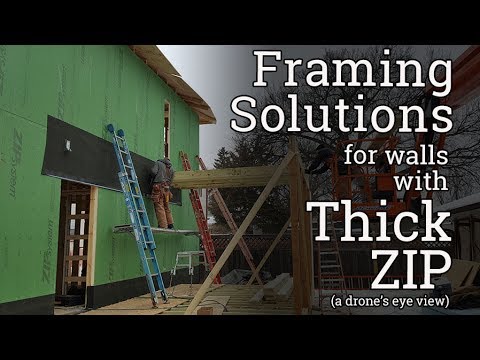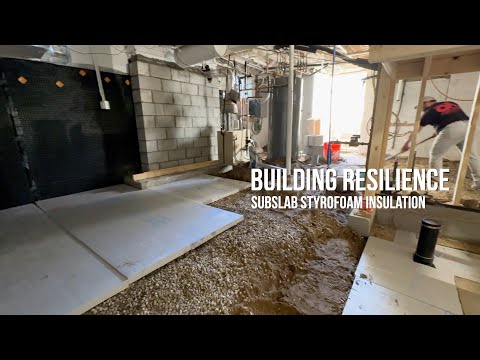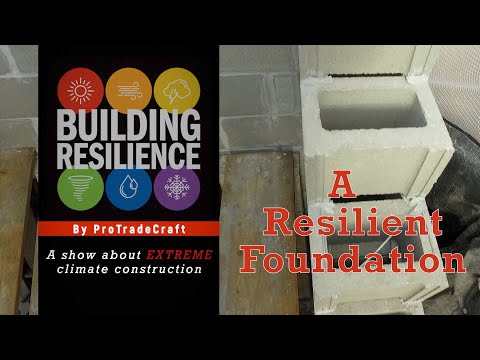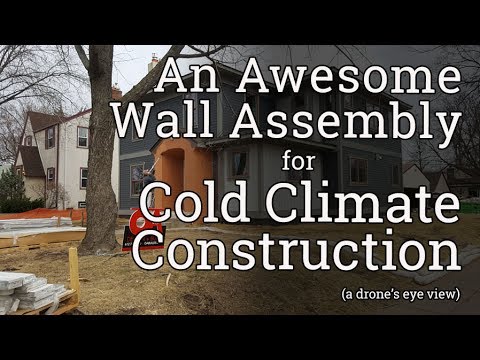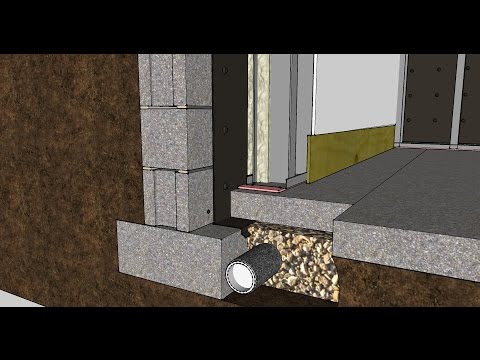A peek at interior and exterior foundation waterproofing in one single house
We started construction with our initial stucco demolition on December 1st—in Minnesota, that means it is cold outside. We began our excavation a week later. We got our footings poured right around the end of December, right over the holidays. It was like -20 or something like that.
This house happens to be situated in a really unique part of the city where the soils are some of the best. They are playground-quality sand after the first foot or so. You can see the layers of black dirt, some clay, some rock, a little sand, and then you see a small amount of pebble rock, gravel, and then it goes into just pure sand.
And what's awesome about the soils here is that with so much sand, they drain incredibly well.
Yes, we put in waterproofing, and yes we put in the sump and all that stuff, but there's almost no need for any of that. You could run a firehose at this soil and you would never see any moisture accumulation. You wouldn't see a table rise, you wouldn't see anything getting into the foundation.
With this project we removed a roughly 6 foot section of the original foundation wall, which is later going to be the transition between the stairwell and home theater into the existing basement and across back into the wine cellar.
Our concrete guys spent two days trying to saw cut out a 6-foot section of this foundation. Jackhammers, sledgehammers, you name it, it couldn't get it to crack.
New foundations walls can have drainage on the outside
So this is a great one, this is a capillary break going on. You can see our man Troy there with a torch. Troy is there with a torch drying off the footing.
This is to ensure that it's perfectly dry, we get all the snow off and heat it up so that we can apply this troweled-on capillary break, which the fellow behind him is applying.
Those are going be all our typical new-wall construction. We're going to have waterproofing on the outside, we're going to have drain tile on the outside, we're going to have 3 inches of extruded polystyrene on the outside and we'll have a slip sheet on the outside. But for the north and the west walls, where we're not excavating. There we have to put in an interior drain tile.
Existing foundations (usually) need to drain to the inside
This is an interior drain tile system that we worked up a number of years ago, is actually on the Building America, Department of Energy website for basement finishing solutions.
We cut out for drain tile like you would normally do, we install, this is Cosella Dorken Delta-MS dimple board sheathing over the foundation wall, and we take it to 6 inches above grade.
Then put in our drain tile and our gravel, the filter, and then we're going to close that back in with concrete, and then we will spray foam over that delta, up over the exposed foundation, and up into the rim.
And then we'll put steel studs in front of that, with a capillary break, and then our drywall.
See more of this project on it's landing page.
—Michael Anschel owns Otogawa-Anschel Design+Build in Minneapolis, Minnesota
